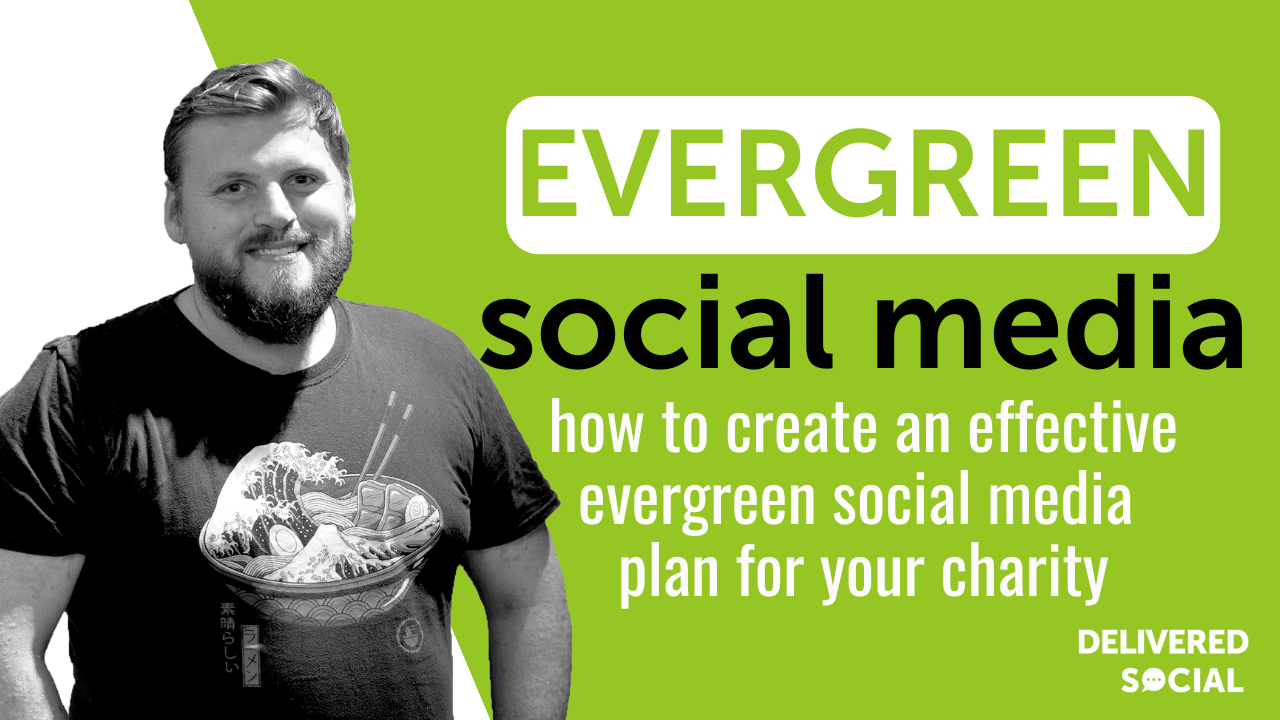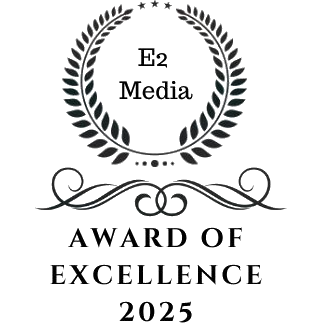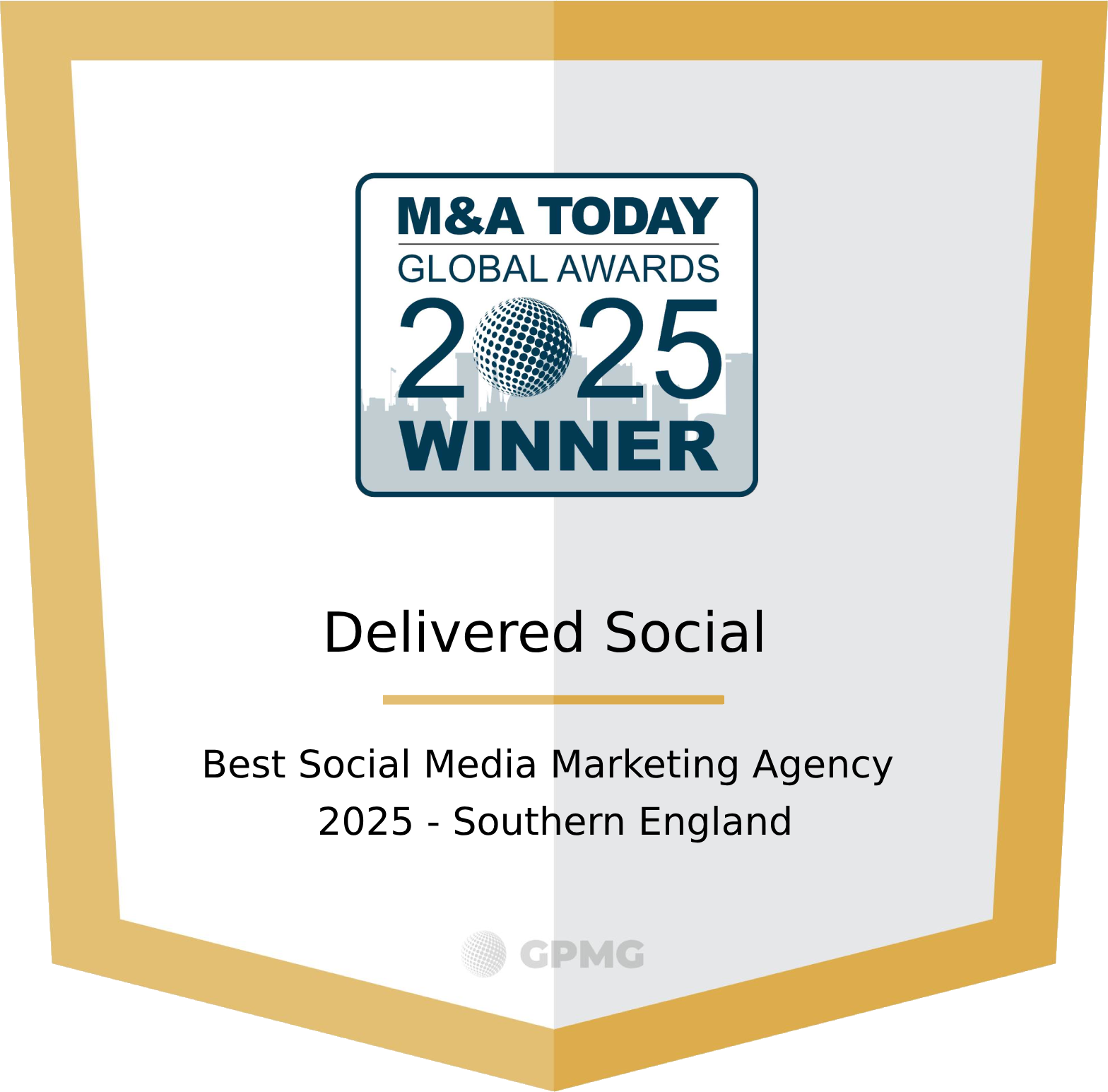
In the digital age, having a well-strategised and effective social media plan for charities is increasingly essential. Charities can utilise social media platforms to increase visibility, broaden their reach, and foster stronger connections with their supporters. The team at Delivered Social understands the unique challenges charities face and the immense potential an effective social media strategy can unlock.
In this blog we'll be covering all the below sections, if you want to jump ahead click the links below.
Understanding your Audience: The Foundation of a Social Media Plan for charities
To construct a successful social media plan, it's essential to start with a comprehensive understanding of your audience. Your audience shapes the core of your digital strategy, dictating not just what you communicate but also how and where you deliver your message. Audience comprehension goes far beyond demographic data; it dives into the heart of who your audience truly is, their motivations, interests, and digital behaviours.
Understanding your audience involves investigating their values and what drives them to engage with your charity. What prompts them to lend their support? Is it personal experience, an inherent sense of empathy, a passionate commitment to social justice, or a combination of these factors? This understanding can guide your messaging, ensuring it resonates with your audience on an emotional level, prompting them to take action.
Moreover, the digital habits of your audience are vital to consider. In an era of numerous social media platforms, identifying where your audience spends most of their online time is crucial. Do they frequently browse Instagram, or are they more inclined towards Facebook or Twitter? This information helps you focus your efforts on the platforms where you're most likely to reach and engage your audience effectively.
Another aspect to explore is the type of content your audience prefers. While some may be captivated by compelling stories encapsulated in long-form content, others may prefer bite-sized information delivered through graphics or short videos. Keeping your finger on the pulse of their preferences allows you to craft content that captures their attention and inspires engagement.
Effective audience research often involves a combination of strategies. You could conduct surveys to glean direct insights or tap into the power of social media analytics. These analytics can provide a wealth of information about your followers, from their most active times on the platform to the type of content they engage with most.
Armed with this knowledge, you can develop comprehensive audience personas – detailed profiles representing different segments of your audience. These personas can guide your content strategy, communication style, and even your choice of platforms, making them a vital tool in the creation of a robust social media plan for charities.
In essence, understanding your audience lays the groundwork for all your social media efforts. By knowing who your supporters are, what motivates them, where they spend their time, and what content they prefer, you can craft a social media strategy that resonates with them, engages them, and ultimately, inspires them to action. This depth of understanding is what turns followers into advocates, significantly amplifying the reach and impact of your charity. Our blog on Charity Social Media Courses That Are Worth Attending might give you understanding needed
Defining your Goals: The Guiding Light of Your Strategy
Setting clear, measurable goals is the next crucial step in designing an effective social media plan for charities. What are the broader objectives of your charity? Is it to increase awareness about a cause, raise funds, or mobilise local action? Define these broad goals and break them down into specific, measurable targets.
For instance, if awareness is the aim, a target could be to increase the reach of your posts by a specific percentage over a certain period. Having such targets in place not only provides your team with clear direction but also allows for monitoring progress and success.
Crafting Relevant and Engaging Content: The Heartbeat of Social Media
When constructing your social media plan for charities, creating compelling, relevant content should be a priority. Aim to strike a balance between informative and emotionally engaging content. This could take the form of sharing personal stories of those your charity has helped, insightful infographics, or behind-the-scenes glimpses into your operations.
Mixing up your content format keeps your audience engaged – use images, videos, and long-reads. Consistency in tone and style across all content is key to building brand recognition and trust.

Utilising a Content Calendar: Your Roadmap to Success
In the landscape of social media strategy, a content calendar acts as your compass and roadmap. It's an essential organisational tool that helps you to strategically plan and schedule your social media posts, optimising your overall digital presence as part of an effective social media plan for charities.
A content calendar offers a visual overview of what's to be posted and when, facilitating balance in your content spread. You can see at a glance whether you have a good mix of content types – ranging from emotional stories and informative posts to calls to action and user-generated content. This variety is vital in keeping your audience engaged and your content fresh, ensuring your charity stays at the forefront of their minds.
Additionally, a content calendar helps you to plan around key dates that are significant to your charity or sector. These could be global observance days like World Cancer Day or specific events like your charity's annual fundraiser. Planning your posts in advance around these events means you can build up momentum with your audience and maximise engagement on these important dates.
On the flip side, a content calendar shouldn't be so rigid that it prevents you from capitalising on unexpected opportunities or timely events. There should be flexibility to include spontaneous content relevant to emerging news stories or trending topics, allowing your charity to be part of current conversations.
Scheduled posts can take the pressure off daily content generation, especially for smaller teams. There are several social media management tools available, such as Hootsuite or Buffer, which allow you to schedule posts across different platforms. This not only saves time but also allows you to post when your audience is most active, even if it's outside of your working hours. This consideration can significantly increase the visibility and engagement of your posts.
Further, planning content in advance allows for internal review and refinement before anything goes live. This ensures that every post aligns with your charity's voice, message, and current strategy. It also gives you a buffer in case any last-minute changes or issues arise.
In the grand scheme of a social media plan for charities, a content calendar is more than just a scheduling tool. It's a strategic asset that ensures your content is well-planned, diverse, timely, and consistent. It allows for a more proactive approach, as opposed to a reactive one, ensuring you are leading the conversation, raising awareness, and engaging your audience effectively. By maximising your content's potential, a content calendar can significantly enhance your charity's social media presence.
Engaging with your Audience: Building a Two-Way Street
Social media platforms are not just broadcasting tools; they offer an opportunity for two-way dialogue and community building. Create spaces for conversation – reply to comments, ask questions, share user-generated content, and show appreciation for your supporters. Hosting live events such as Q&A sessions, webinars, or live videos encourages real-time engagement. Remember, every interaction is an opportunity to make your followers feel valued and involved in your mission.
Measuring and Adapting: The Continuous Improvement Cycle
Measuring and adapting is the crucial final stage of developing a social media plan for charities. Regardless of how comprehensive your plan might be, without regular reviews and adjustments, it will stagnate. Social media landscapes and audience preferences are dynamic, hence the need for a social media strategy that is equally adaptable.
Measurement forms the backbone of this process. By tracking key performance indicators (KPIs) and other relevant metrics, you can assess how well your social media activities align with your goals. These could include engagement rates, website traffic driven by social media, lead generation, or even donations made through social media channels.
It's also important to measure qualitative factors such as sentiment and brand perception. Tools such as social media listening can help gauge the tone of conversations around your brand and give insight into public perception. This can be particularly useful in assessing how well your message resonates with your audience and whether it incites the desired action.
However, gathering these analytics is only half the battle. The real value lies in interpreting these insights and using them to guide your strategy. Which types of content are generating the most engagement? At what times are your posts receiving the most visibility? What language or messaging incites the most positive responses?
These insights can inform your content strategy, help you identify the best times to post, and guide you in crafting messages that resonate with your audience. Furthermore, they can highlight areas for improvement. Perhaps certain types of posts aren't performing as well as expected, or a specific social media platform isn't driving as much traffic as others. These insights allow you to adjust your strategy, whether that means tweaking your content, trying out a new platform, or experimenting with different forms of engagement.
Remember, measurement and adaptation isn't just about correcting course when things aren't working; it's also about capitalising on what is. If a particular campaign or type of content is generating a lot of positive engagement, consider ways to build on that success.
Finally, be open to experimentation. The best social media plan isn't set in stone; it evolves with your audience and the digital landscape. Don't be afraid to try new platforms, content types, or engagement strategies. Who knows – your next big social media success could be just one experiment away. If you feel unsure read our blogs on Social Media Courses & making a great impression! , which will help you gain a deeper understanding!
Interested In Working Together?
Introducing Delivered Social. We're The Most-Rated Digital Agency In Surrey & Hampshire – We've Got To Be Doing Something Right.
Delivered Social is a digital marketing agency with one mission—to help businesses grow. We're famous in Guildford and Portsmouth for our social clinics. We believe in free advice. We build lasting relationships because our team prides itself on being helpful, which our clients appreciate.
If you are looking for a new website or an agency to manage your social media presence, we can help.
If you need something slightly different, here's a super handy list of all our services, or you can always email us.























